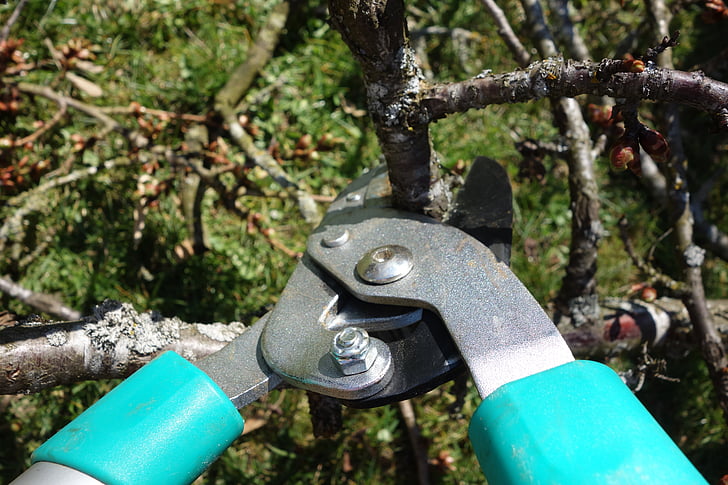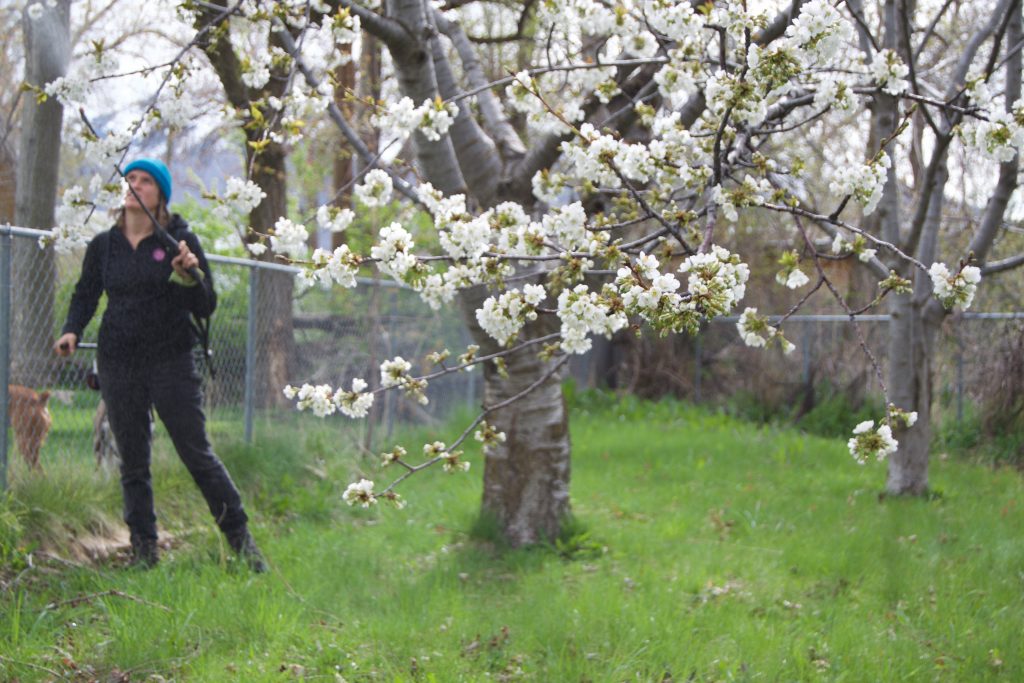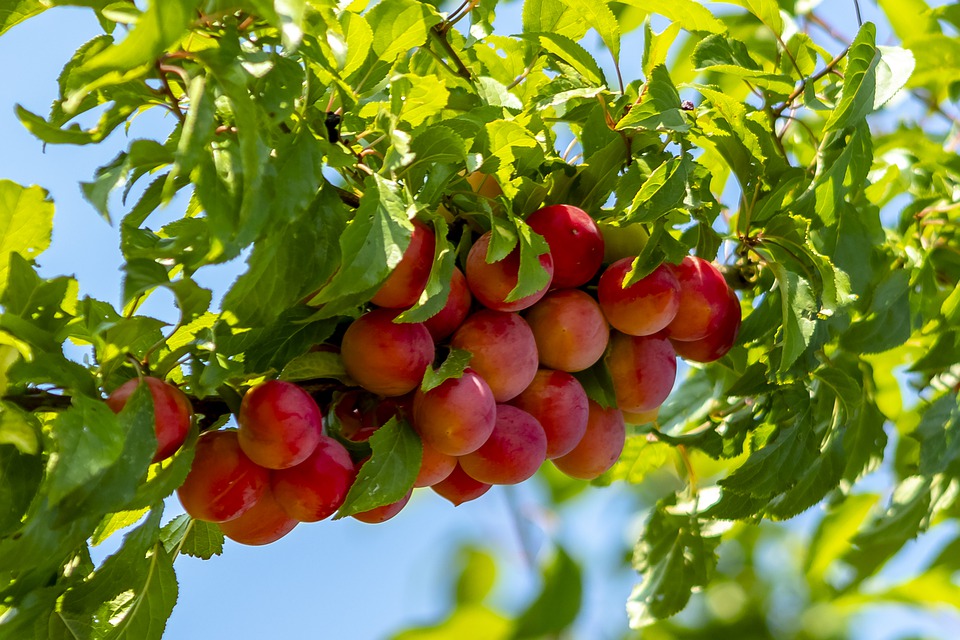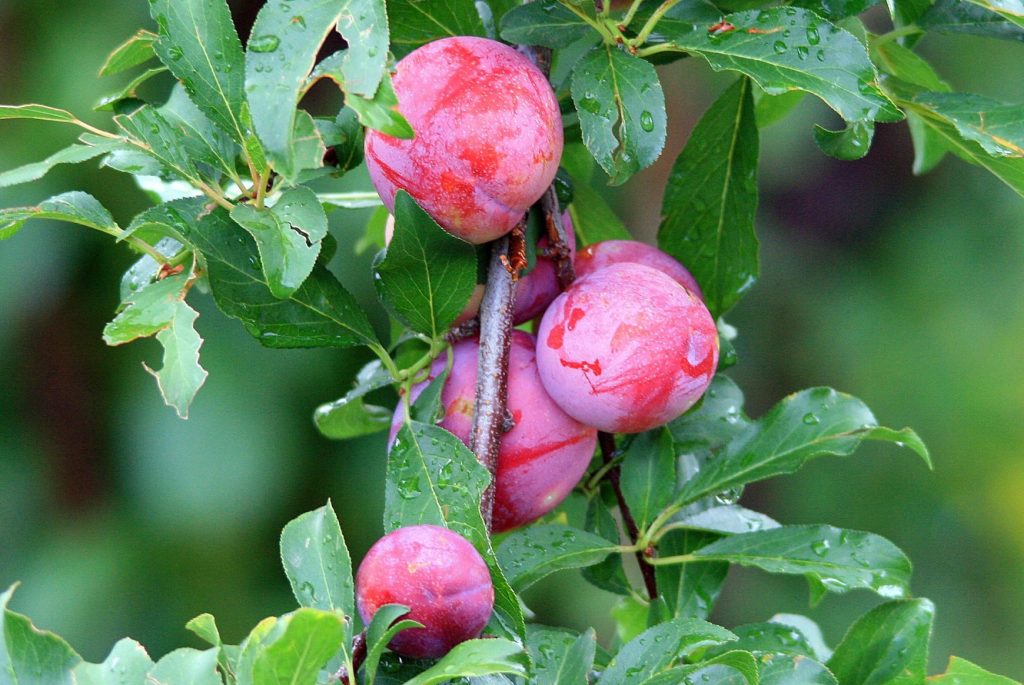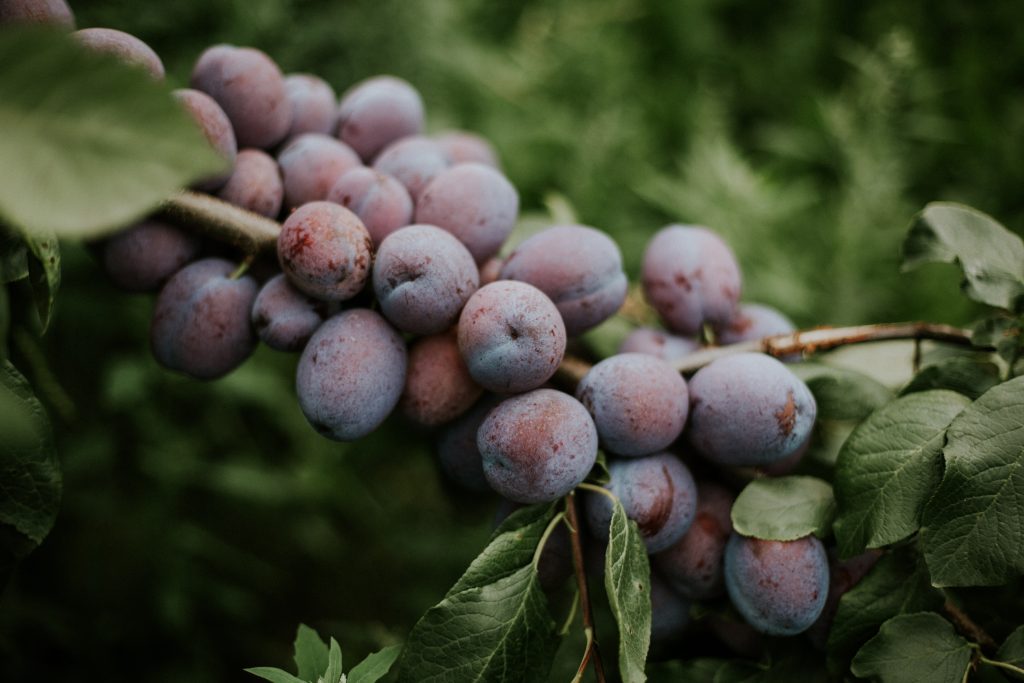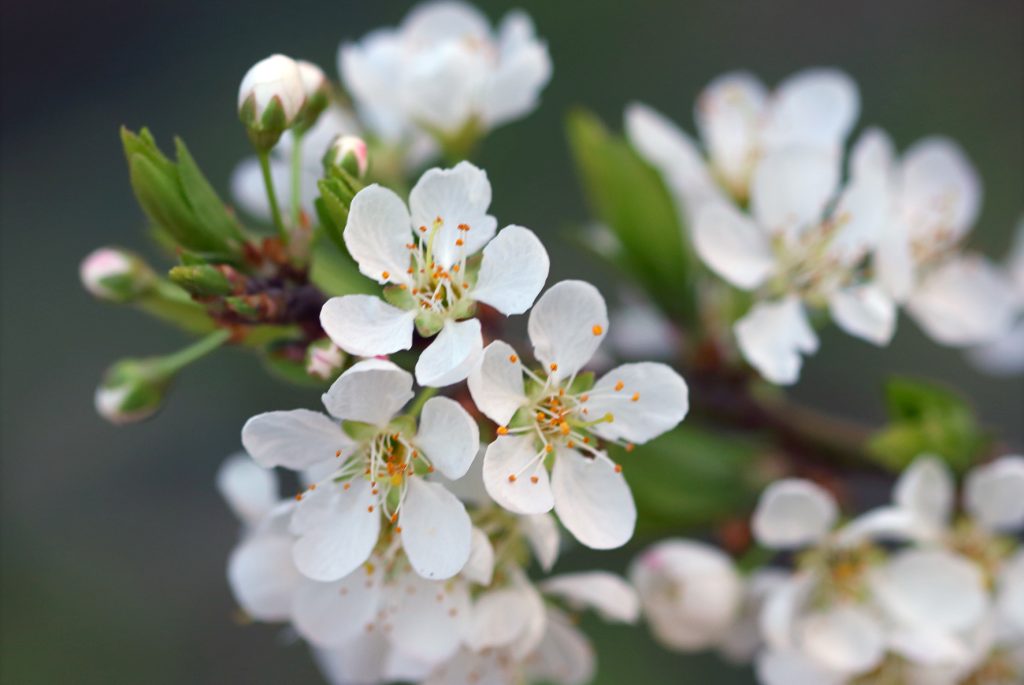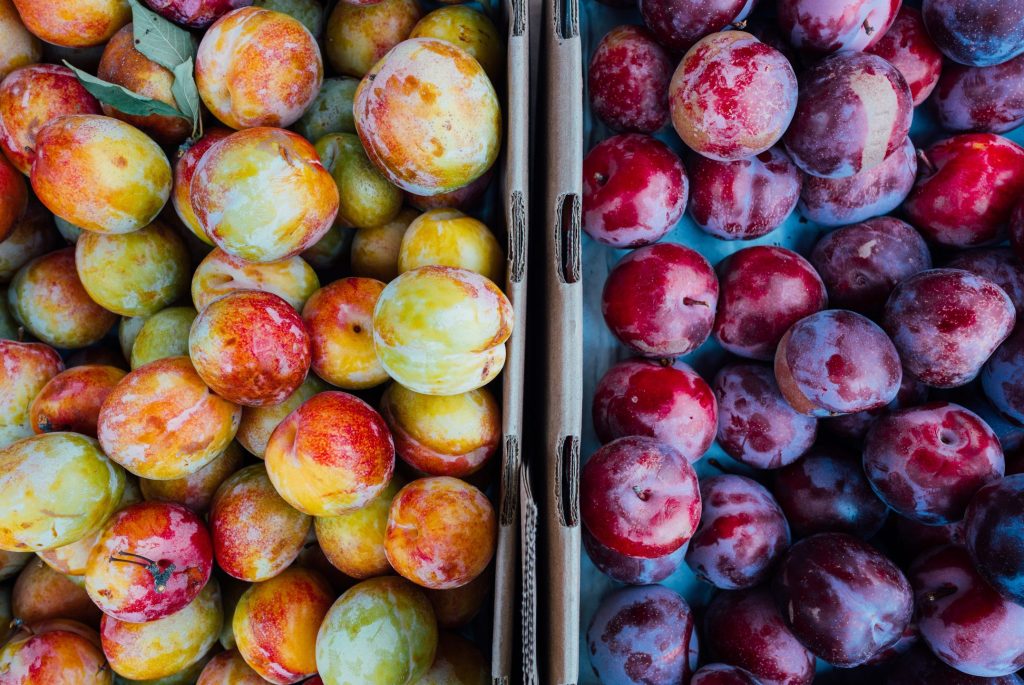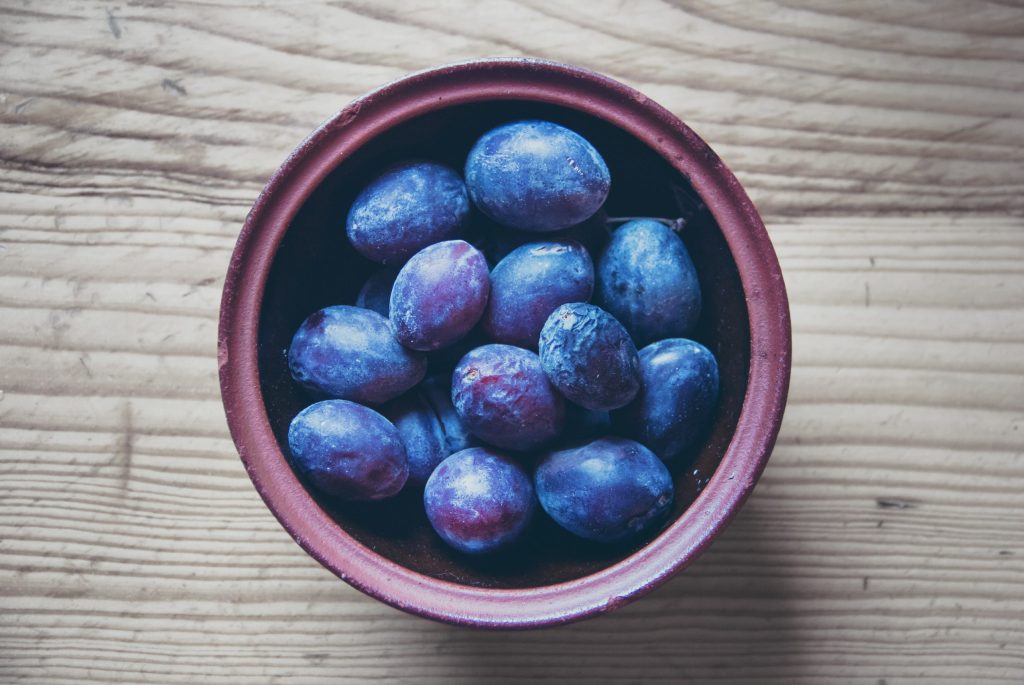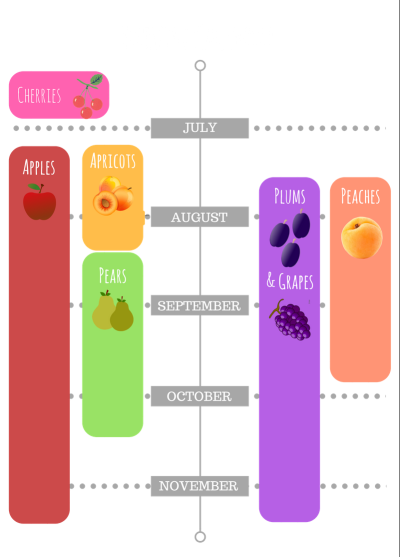Schedule a Harvest with Us!
A good time to schedule is when the plums have changed color, are slightly soft, and pull easily from the branch. Because there are so many varieties of plums, it is hard to estimate when particular plums may be ripe. We may be booked up to three weeks out, so monitor your fruit throughout the summer and fall for signs to ensure that it is harvested at the proper time! We can’t harvest if…
- The load is too low. Must be at least 150 lbs of fruit.
- The fruit is overripe. Fruit must not be too ripe to withstand picking, stacking in bins, and transporting to donation and distribution sites.
- The fruit is far too underripe. Plums will ripen a bit off of the tree, but will have better flavor if picked closer to being ripe.
